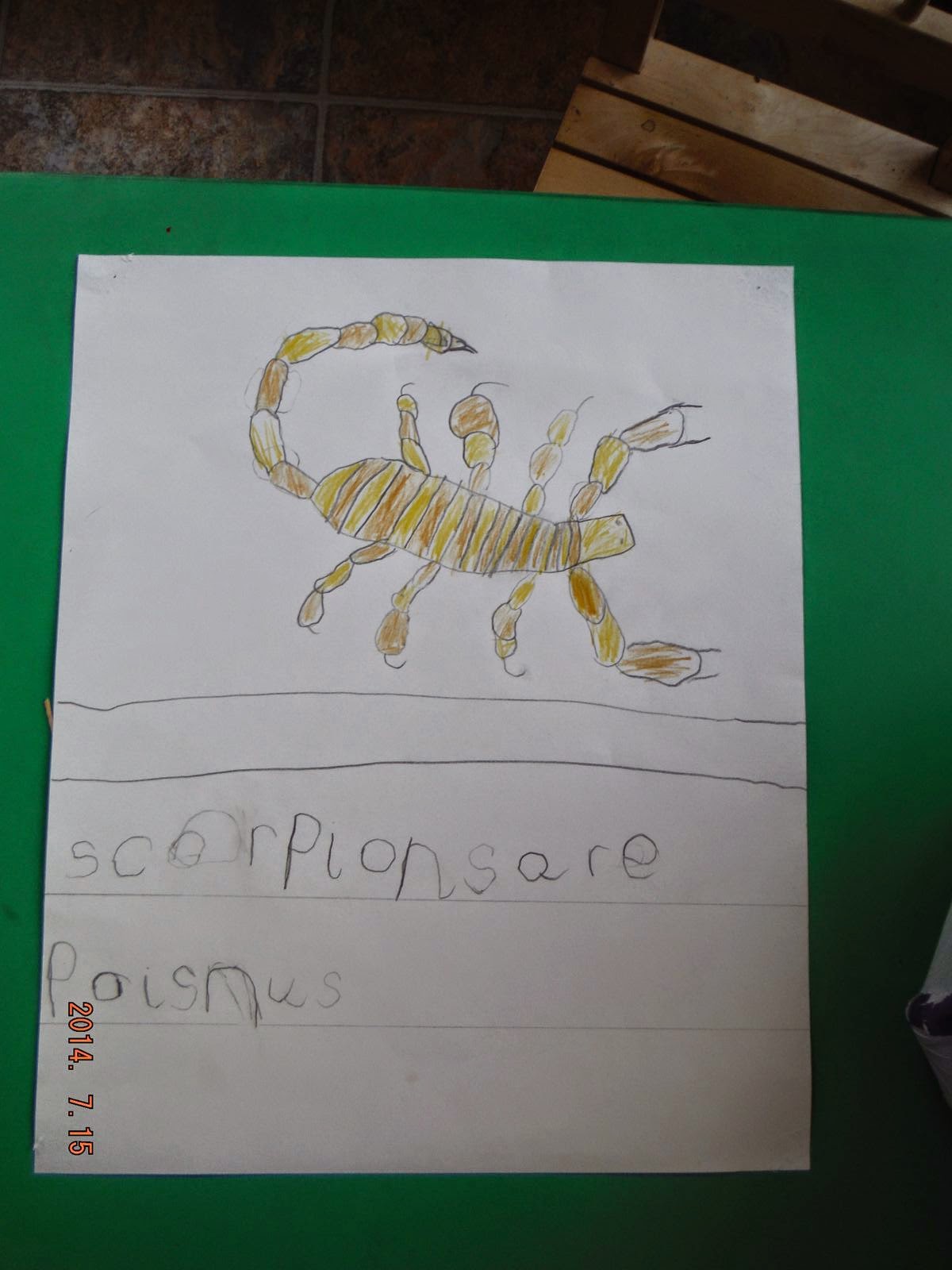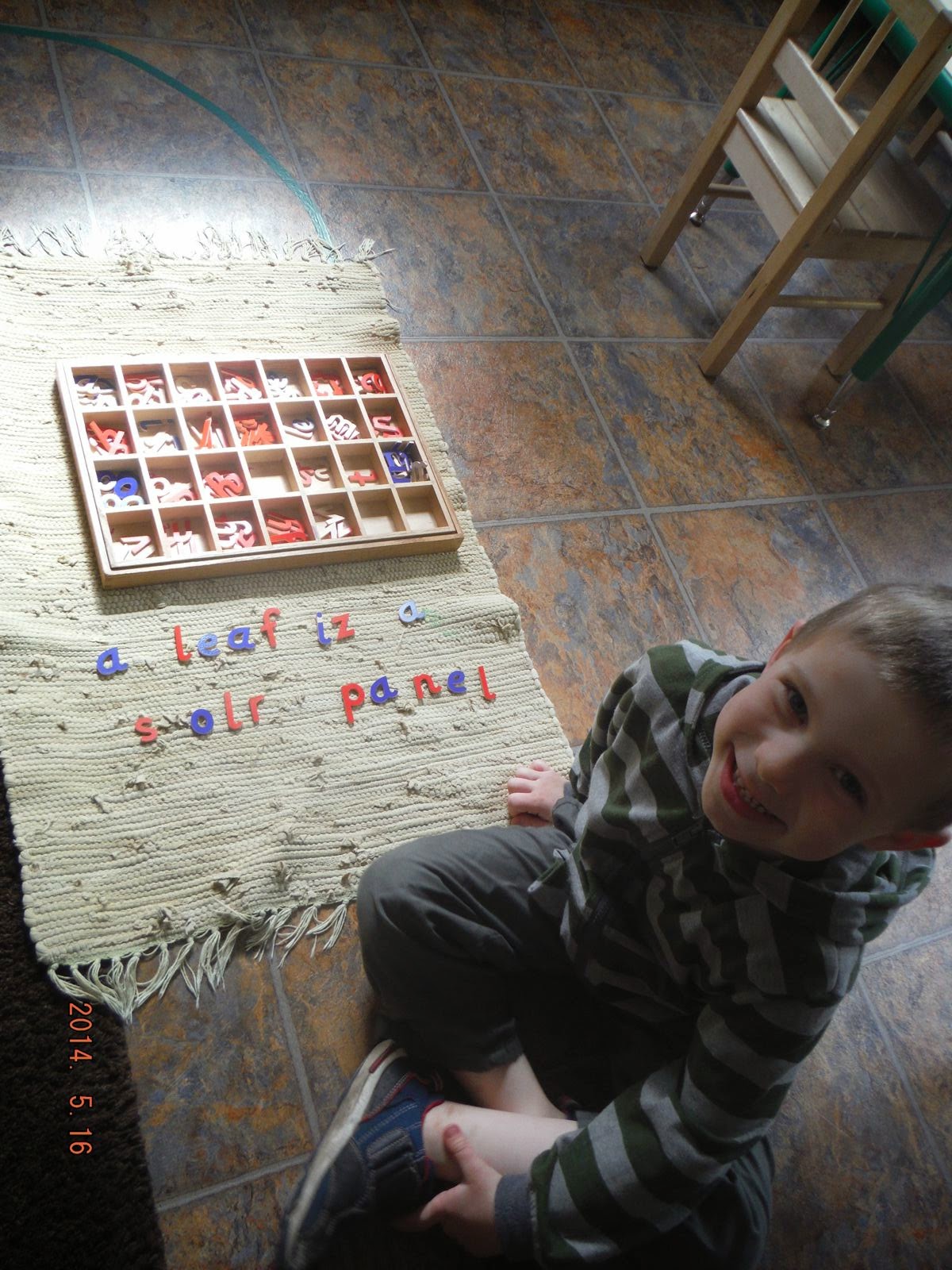"The child builds his inmost self
out of the deeply held impressions he receives."
Maria Montessori
Being outside today was magical. After weeks of cold, early freezes, some days of ice, an unusual amount of wind, and plenty of rain, on this mid-December day we all stepped outside to find a sweet and sunny stillness. It was quite literally the "calm before the storm." As I write this now, later in the afternoon, the anticipated high winds have arrived and the day has changed dramatically.
All of the countless, ineffable experiences of this fall - running in wet rain pants, fussing about muddy hands with cold fingers, holding a sheet of ice from the birdbath, chasing friends through the forest, perching high on a stump, soaking up glorious moments in rare sunshine - all these experiences become part of the child in ways that we cannot know. He "builds his inmost self out of the deeply held impressions he receives."
So it was magical, this day, and I grabbed my camera, determined to re-start my blog by sharing some glimpses. The children with the chickens were my inspiration. Parents never see this particular part of Chickadee, and might not believe how their little ones fare in the world of the chicken pen.
We headed out the door in the requisite boots and rain pants; jackets were really not needed today, some wore them, some didn't. A small cluster of children - today it was Eleanor, Ellie, Henry, Sydney, and Ella - usually head straight for the chicken coop when they go outside. They love to throw out scratch, check for eggs, and try to pick up chickens. They've been watching Starry Night, Cuckoo, and Velvet, our three September chicks, become pullets, now almost as big as the full-grown hens. The children follow the "girls" around, and a few of them, including Ella, our youngest, have become quite proficient at catching them.
After a short visit, I often let the chickens out for some free roaming, which gets both children and hens moving down to the forest, one following the other, the children clutching some bird seed in their hands, and the chickens hoping for a feast.
This morning we had lovely patches of blue sky; the low solstice sun shone over our roof at just the right angle to light up the sandbox. Doesn't it look like a spotlight here? In the summer the sandbox is shaded; on clear winter days, in the late morning, we have this.
 The sand is damp from all the recent rains, so once I uncovered the sandbox, a major fest of sand castles and sand cakes ensued. Look closely here at Noriko. Sydney gave her two sand cakes to hold while she worked on making some more. Noriko held them patiently for quite a while, tending the children with her hands occupied by sand cakes!
The sand is damp from all the recent rains, so once I uncovered the sandbox, a major fest of sand castles and sand cakes ensued. Look closely here at Noriko. Sydney gave her two sand cakes to hold while she worked on making some more. Noriko held them patiently for quite a while, tending the children with her hands occupied by sand cakes!
Further down in the forest Henry sat happily on a low stump in our small "peace circle" of old, broken pieces of stumps and wood; the circle is currently filled with a bunch of sticks which the kids are calling their campfire. Henry and Ellie watched Noah with some awe as he climbed the giant stump next to it (see top photo). When Chickadee started here in the fall of 2010, we didn't even know this magnificent stump was hiding down there, it was so completely covered by ivy. Now it is showing the changes of slowly rotting wood, the wear and tear of 4+ years of kids climbing, but it has plenty of time left to give itself away. Climbing the stump for the first time remains a notable feat, and it provides a wonderful place to view the whole scene.
Nearby is our new jumping spot. If you look closely in this photo, you will see that Ethan has just jumped off that stump; he is holding onto and swinging out gripping a very thin branch. I realized we could set this up just a few days ago, after the kids rolled it over there for another purpose. I doubt that the branch will last long, and they only swing out a few feet, but it's very much an adventure spot right now.
Isabel is in mid-flight!
Meanwhile, just below the jumpers, Julian and his buddies have been crouching or lying down in the mud and digging this hole with sticks for days now. I am still not quite sure what the story is. Once again, look closely - Seamus, who was watching Julian, had a mask on. It's the felt mask he sewed for our play last spring, and he brought it back today and wore it for quite a while outside. Noriko reported that he remembers his lines perfectly all these months later!
A little later I found Brady and Seamus sitting somewhere else, on the ground, in a quiet conversation. From their hand movements and a few words, I gathered it was something about nerf guns. Always, there is an ebb and flow of movement, play, interchanges, quiet personal time, actions and reactions, wild running, conversations, upsets, and imaginary games, as the children play outside. No two days are the same. Every moment is new. This moment with Brady and Seamus was brand new, and never to be repeated.
And what is the moment holding for Mikaela right here? Utter exuberance! Exuberance that she found herself playing in the sandbox, in the sunshine, barefoot, jumping with joy, in mid-December. I was thrilled to have caught her feet in the air!
"One way to open your eyes is to ask yourself, 'What if I had never seen this before? What if I knew I would never see it again?'" Rachel Carson
























































